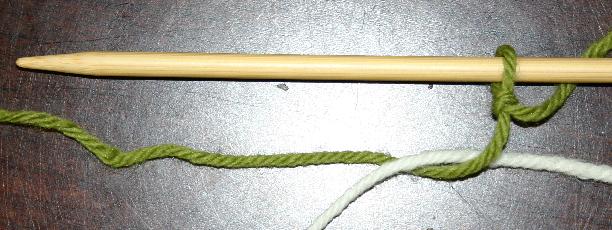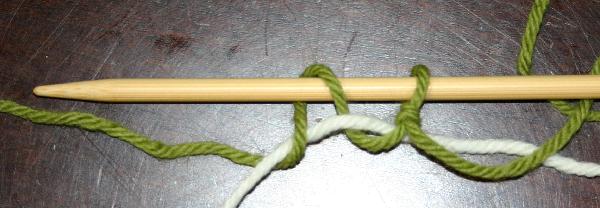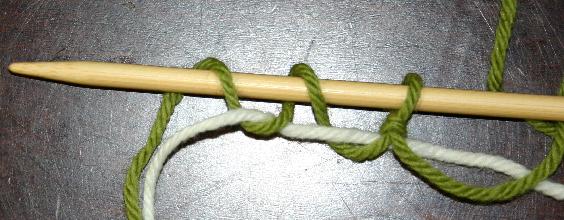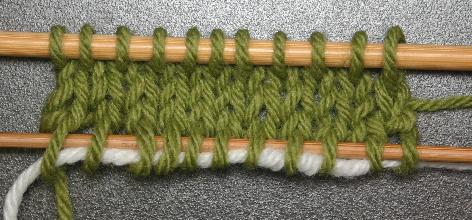Let's look at this objectively.
There are three distinct types of button holes (that I know about):
Two row button holes, where you bind off stitches and then cast them back on. This produces a nice top and bottom but the sides are weaker looking and it can product a lumpy buttonhole. The overall shape is a slit.
One row button holes (without reversing) which incorporate a decrease and a yarn over. This produces a nice round button hole but isn't necessarily uniform.
One row button holes that require a short row technique. Personally I don't like these as they are difficult to work without ending up looking like a mess. You can also end up with two holes if you are not careful.
 I opted to go with a simple one row buttonhole in my design. The classic is either a yo, ssk, or k2tog, yo. The only thing I did not like about either of these is you get a thick stitch on one side and a thin one on the other. My compromise is simple and works over 3 stitches:
I opted to go with a simple one row buttonhole in my design. The classic is either a yo, ssk, or k2tog, yo. The only thing I did not like about either of these is you get a thick stitch on one side and a thin one on the other. My compromise is simple and works over 3 stitches:(k1, yo, sl1, k1, psso)
It sounds pretty much the same as doing a (k1, yo, k2tog) except that a psso is towards the bottom of the button hole (like a bind off) not at one side, this produces a more uniform round buttonhole than with an ssk or k2tog. See picture.
Remember whatever technique you use, make sure your button hole will fit the button. Always do a test swatch before starting your buttonhole band!






